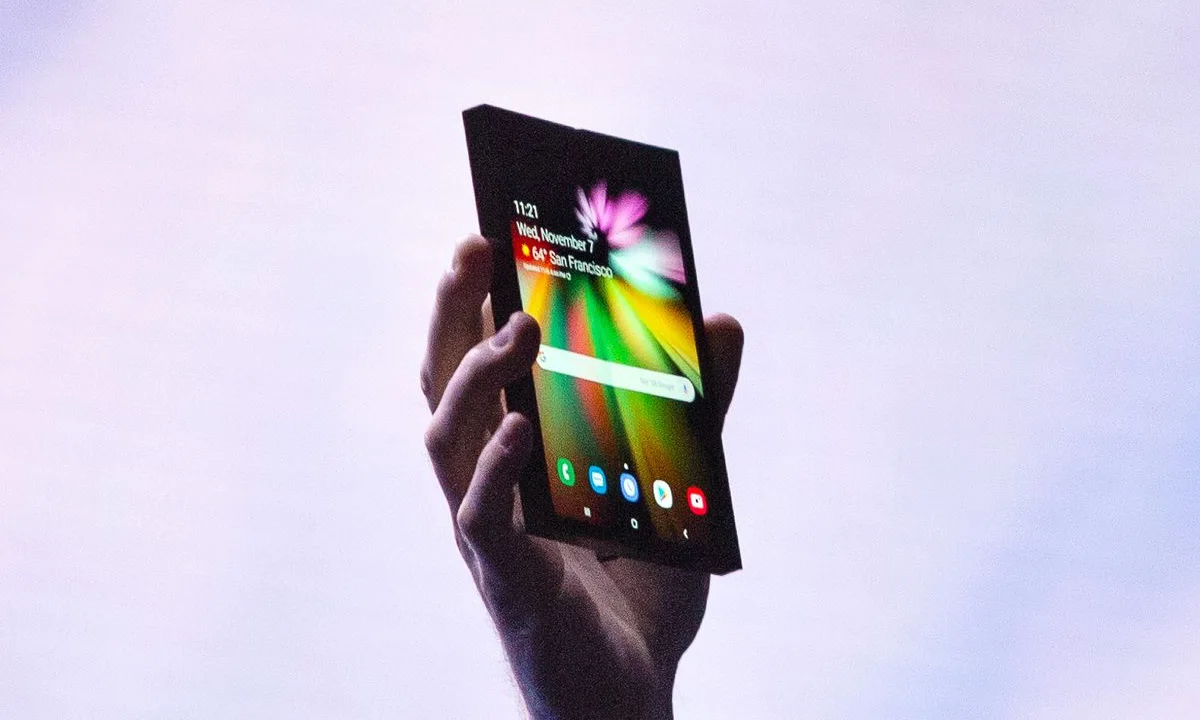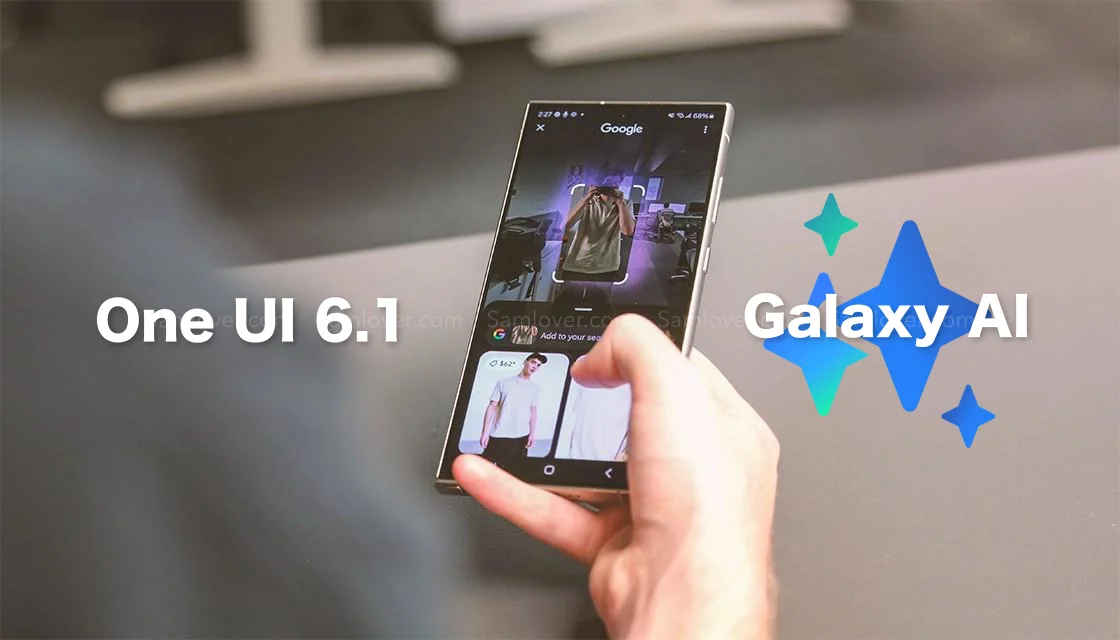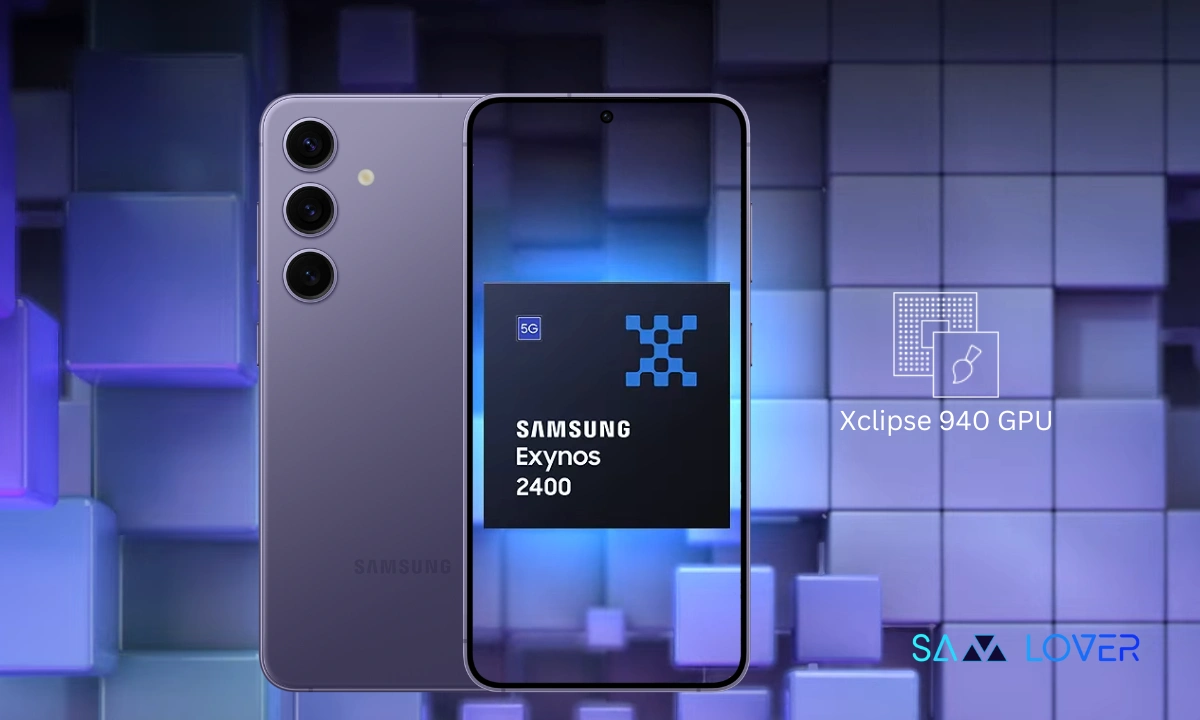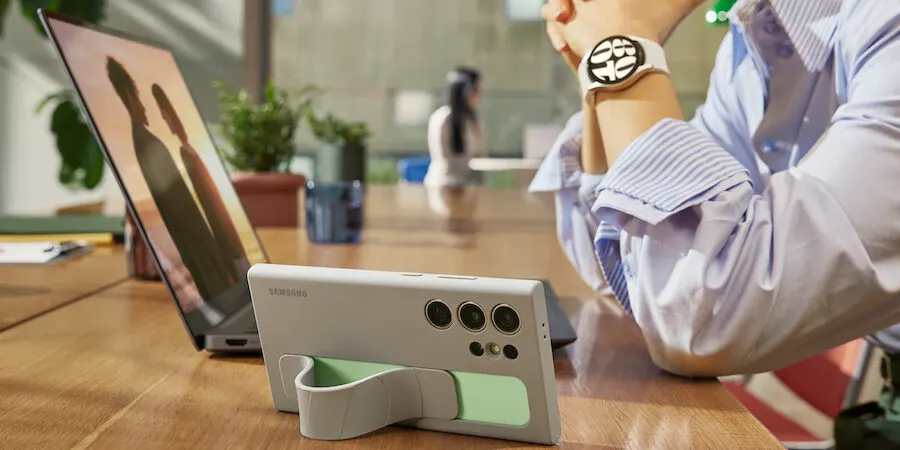Samsung
Samsung’s foldable proved better in the Android market: from starting to now

Until a few years ago, foldable screen technology seemed very futuristic. It seemed that this technology would take a long time to come into reality. However, due to healthy competition in the smartphone industry, we are now able to use it. Let’s explore its development from the initial stage.
Samsung has observed the market and joined the Foldable screen device segment
In the initial stages, several companies, including LG and Microsoft, tried to make a foldable screen smartphone for commercial, but due to some reasons, they didn’t get successful; later, a China-based startup, Royole, released the first commercial foldable smartphone with an OLED display, but hey doesn’t get much attention from consumers. However, this triggered Samsung, and just a month later, the company officially teased a prototype of its foldable smartphone and confirmed to join the market.
Samsung Galaxy Foldable Devices journey
Samsung released the first foldable device in the market back in 2019. Initially, it was planned to be launched in July, but then it was postponed to July. The device was released in only two countries, including South Korea and China (named W20 5G). As it was the first device of its type, it had many issues like a high rate of display failure, the crease of the screen, and noticeable gaps at the top and bottom. Several reviewers also experienced bugs.
Galaxy Z Flip
A year later, Samsung introduced a new foldable device, but this time the company started a new Z series; the Galaxy Z Flip is the first device in this series; the special thing about the flip device is the screen is capable of folding vertically. This time Samsung has improved the hinge mechanism with nylon fibers which keep dust out; the device came with Android 10 and also had One UI 2 skin.
Galaxy Z Fold 2
In the same year, Samsung unveiled one more foldable device named Galaxy Z Fold 2; this is the new generation of the Galaxy Fold line but in the Z series. The Korean giant has increased the display size and also decreased the bezels. The camera functioning also improved. According to time, Samsung has released the device with the latest Android 10 version. The company has also released a luxury mode of the device named W21 5G; this model is limited to the Chinese market.
Galaxy Z Fold 3 and Galaxy Z Flip 3
Then in the next year, in 2021, Samsung revealed the third generation of the Galaxy Z Fold and Flip lineup. This time the company has released both of the new foldable devices together. These devices were packed with Android 11-based One UI 3. The Galaxy Z Fold 3 is equipped with IPX8 certification, which ensures that the device will have protection. While the Z Flip 3 and the Galaxy Z Flip 3 have a significant change in the cover display, it has a 1.9 cover screen which is 1.1 inches larger than the predecessor. Apart from these, both of the devices come with several specification upgrades in camera and storage; the S Pen support is available on the Galaxy Z Fold 3 device but missing in the Flip 3 devices.
Galaxy Z Fold 4 and Galaxy Z Flip 4
Galaxy Z Fold 4 and Galaxy Flip 4 are the latest foldable devices of Samsung; the company launched them last year. Both of the devices came in the market with Android 12L-based One UI 4.1. In this generation, Samsung has improved the performance of the device by upgrading the processor, Qualcomm Snapdragon 8+ Gen 1. Along with this, the company has improved the under-display camera for Galaxy Z Fold 4 in the of If we talk about the design, then these devices are equipped with similar placing of cameras and buttons; the only new thing was some new color available for the devices.
Samsung will introduce the fifth generation of foldable devices this year
For the last four years, Samsung has continuously released new generations of foldable devices, and as they belong to the flagship category so, the company showcases them in dedicated unpacked events. This year it is certainly confirmed that it will organize in the last week of July. In this event, Samsung will unveil the Galaxy Z Fold 5 and Galaxy Z Flip 5. Along with them, Samsung will introduce some more new gadgets like Galaxy Watch 6, Galaxy Tab S9 series, Galaxy Buds 3, etc.
One UI 6.1
List of Samsung Phones that Won’t Get Galaxy AI Features Even After Updating One UI 6.1

Samsung has introduced the One UI 6.1 update with the Galaxy S24 devices. With this update, the company has introduced several new Galaxy AI features, including Circle to search, transcript assist, chat assist, live call translation, and many more.
Later, the company expanded the One UI 6.1 to more Galaxy devices, including the Galaxy S23, Galaxy S23 FE, Galaxy Z Fold 5, and Galaxy Z Flip 5, and moved forward. The company has already announced that it will provide the One UI 6.1 with Galaxy AI features for the 2022 flagship smartphones, and it has confirmed its intention to distribute more eligible devices. However, a question arises: will it provide Galaxy AI features to every One UI 6.1 eligible device or not? Let’s find out.
Samsung Galaxy AI features are available for Galaxy devices
Only the 2022 flagship devices will receive the Galaxy AI feature, as Samsung has already confirmed its provision for nearly all flagship devices. However, the latest developments have left some devices, such as the Galaxy S21 series, including the Fan Edition version, the Galaxy Z Fold 3, and the Galaxy Z Flip 3, without any AI features except Circle for search. Along with this, there are several non-flagship devices that are eligible to get the UI 6.1 update, but the company hasn’t confirmed the availability of the Galaxy AI feature for them.
The recent release of Galaxy A55, 5G, and Galaxy A35 devices also confirms the statement that they debuted in the market with the One UI 6.1 update, but they haven’t received any Galaxy AI features, which indicates that the company may not provide the Galaxy AI feature to non-flagship devices.
These Galaxy devices may get One UI 6.1 without any Galaxy AI features
We have compiled a list of devices expected to receive OneUI 6.1 updates without the AI feature, based on our speculations:
Galaxy A series: Galaxy A73, Galaxy A72, Galaxy A53, Galaxy A52, Galaxy A52s, Galaxy A34, Galaxy A33, Galaxy A25, Galaxy A24, Galaxy A23, Galaxy A15, Galaxy A14, Galaxy A13, Galaxy A05s, Galaxy A04, and Galaxy A04s.
Galaxy M series: Galaxy M54, Galaxy M53, Galaxy M33, and Galaxy M23
Galaxy F series: Galaxy F54, Galaxy F23, and Galaxy F14
Galaxy XCover series: Galaxy XCover 5 Pro, Galaxy XCover 6 Pro, and Galaxy XCover 7
Galaxy Tab series: Galaxy Tab S9 FE, Galaxy Tab S9 FE+, Galaxy Tab A7 Lite
Will midrange Galaxy devices get Galaxy AI features in the next update?
In addition to its Galaxy flagship devices, Samsung is also prioritizing the development of advanced features for some midrange smartphones, including the Galaxy AI feature. However, due to hardware limitations, optimizing this feature may take some time, depending on the capabilities of the devices. Given the high-spec devices recently released, it’s possible that the company will introduce the Galaxy AI feature in the upcoming major updates.
Follow Sam Lover on Your Favorite Social Media Platforms
Samsung
Galaxy S24 FE Might Debute with Exynos 2400+, Samsung Aims for Power Efficiency Gains

A new Samsung Galaxy Fan Edition named Galaxy S24 FE is in the works, and now the giant appears to be developing an ‘Exynos 2400+’ to power the forthcoming Galaxy S24 FE devices.
Samsung introduced the Exynos 2400 a couple of months ago and powered several Galaxy S24 and Galaxy S24+ versions. Distinct from previous Exynos models, the Exynos 2400 performs well against competitors such as the Snapdragon 8 Gen 3 A17 Pro. Similar to Qualcomm’s strategy, Samsung could release a mid-year upgrade, the Exynos 2400+, for the forthcoming Galaxy S24 FE.
According to a post on X by @kro_roe, Samsung’s new Exynos 2400+ is a new AP that will power the Galaxy S24 FE, offering improvements in power efficiency and yield by about 5% to 10%.
Samsung may launch a campaign to assist consumers in distinguishing between the regular Exynos 2400 and the upcoming Exynos 2400+. We expect the brand-new Exynos 2400+ to prioritize enhanced power efficiency and potentially provide additional benefits. However, the tipster also revealed that the Exynos 2400+ yield will improve. The higher yield points towards the Korean foundry, which can produce more chipsets from a single wafer, decreasing the total number of manufactured wafers and lowering the overall cost.
However, the Exynos 2400 processor powering the Galaxy S24 series performed well. If the reports come true and the GalaxyS24 FE also uses the cooling solution, the rumored Eynos 2400+ might perform just as well in terms of power efficiency and likely other areas.
Samsung
Samsung Simplifies Secure Mobile Device Management with Cloud Solution

Small and medium-sized businesses (SMBs) require secure smartphones but usually lack the time and resources for complex security solutions. Luckily, Samsung makes smartphone device security and configuration easier in three ways.
Samsung makes it easier to buy cloud-based management for smartphones and tablets by licensing Knox Manage directly through our online store. Apart from this, a pre-packaged QuickStart service helps IT teams with their primary configuration and deployment.
The term Knox Manager itself represents an exemplary device management tool for smartphones, tablets, laptops, and also wearables. Knox uses a multi-layered approach, which is as follows: it’s built-in checks to ensure the device itself has not been tampered with; multi-layered encryption to keep data secure from unauthorized access; ongoing monitoring and protection from security threats throughout the device’s lifespan; and many more.
Samsung Knox Manage:
Knox Manage is available from the Samsung for Business store, giving SMBs an easy way to add cloud-based management to smart devices such as Android, iOS, Windows, WearOS, and ChromeOS.
Kevin Eaton, Director of SMB and B2B Direct Channels, stated, “Direct licensing makes it easier for new customers who want to buy devices and management services directly from Samsung. But the Samsung for Business store is also a great option for existing Samsung customers who want to get started with Knox Manage cloud-based device management or just add a few Knox Manage licenses to an existing deployment.”.
Samsung Knox Manage QuickStart Services, for small businesses with limited IT resources, are available through their online store. This service has two levels: standard QuickStart, which helps configure Knox Manage with basic features such as policy and group controls and remote device management; and advanced QuickStart, which includes all features of Standard plus additional functionalities.
Knox Manage is beneficial for SMBs in many ways, such as helping simplify device enrollment and configuration, reducing setup time, and reducing human error. It manages device settings such as passwords, updates, encryption, app restrictions, and app stores; it tracks device location; it identifies devices needing updates; and it provides reports to help businesses stay informed about their mobile device fleet.
Knox Manage is optimized for Samsung devices such as the Galaxy S24, but it’s a cross-platform MDM tool. Knox Manage delivers unified management, for instance, with a single tool and single interface.
It’s just one of the tools based on Knox, Samsung’s unique approach to keeping data secure from the inside out. This includes on-device, OS-independent integrity.












